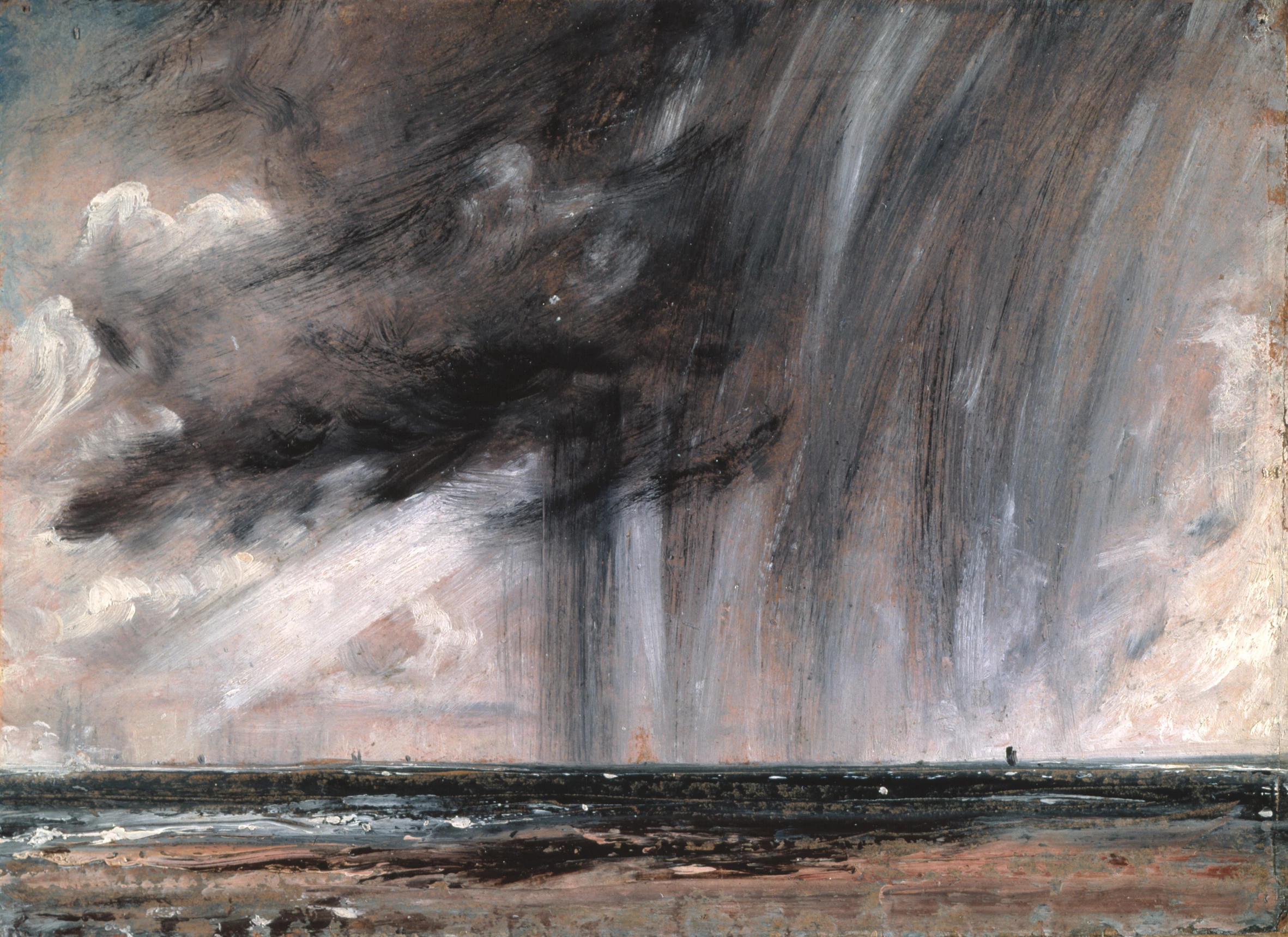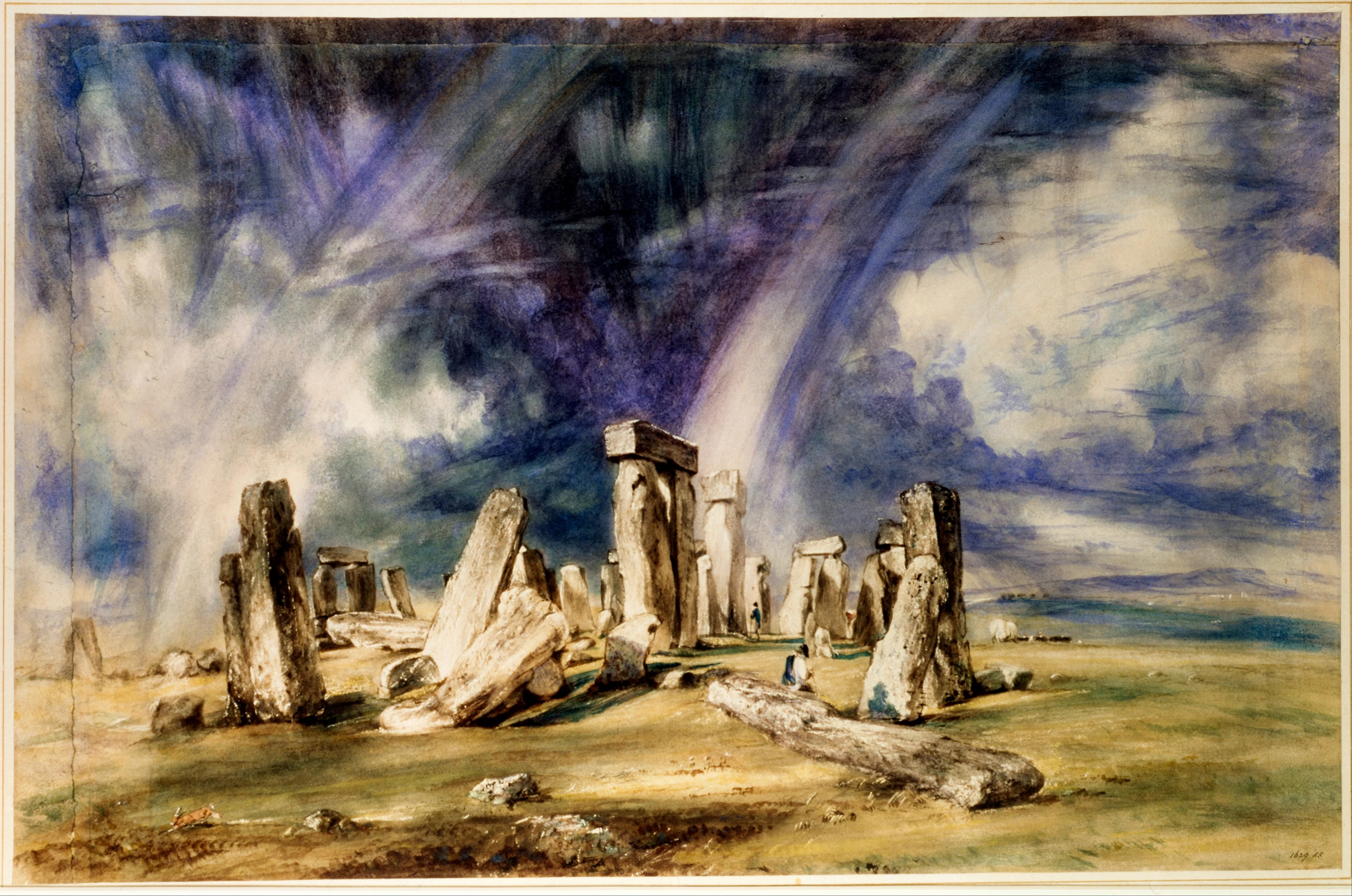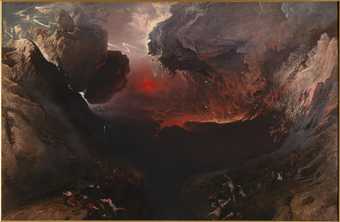Romanticism is a movement in the arts and literature that originated in the late 18th century and ended in the late 19th century, emphasizing inspiration, subjectivity, and the primacy of the individual.
The Industrial Revolution also influenced Romanticism, which was about escaping from modern realities. Romanticism was a revolt against the aristocratic social and political norms of the Age of Enlightenment and also a reaction against the scientific rationalization of nature.
Karl Blechen (German, Cottbus 1798–1840 Berlin)
ca. 1824
John Constable was an English artist born on June 11, 1776. Constable contributed to the Romantic movement and died on March 31, 1837.
Constable was one of the first artists of the Romantic movement to create landscape paintings drawn directly from nature rather than the idealised and dramatic depictions favored by other artists of the period and in taking this stance he pioneered Naturalism in Britain.


5 most focused elements in romanticism
Interest in the common man and childhood.
Strong senses, emotions, and feelings.
Awe of nature.
Celebration of the individual
Importance of imagination.
THE SUBLIME
What is it?
The sublime of art was originally defined as an artistic effect productive of the strongest emotion the mind is capable of feeling. meaning how there is a ‘greatness beyond all possibility of calculation.’
in romanticism, the sublime is a meeting of emotions and the natural world. we allow our emotions to overwhelm and take over our rationality by looking at art.

The Great Day Of His Wrath (1851–3)
Edmund Burke

The theory of sublime art was put forward by Edmund Burke in A Philosophical Enquiry into the Origin of our Ideas of the Sublime and Beautiful published in 1757. He defined the sublime as an artistic effect productive of the strongest emotion the mind is capable of feeling. He wrote ‘whatever is in any sort terrible or is conversant about terrible objects or operates in a manner analogous to terror, is a source of the sublime’.

Philip James de Loutherbourg (1740–1812)
The Wilson

sublime photography


